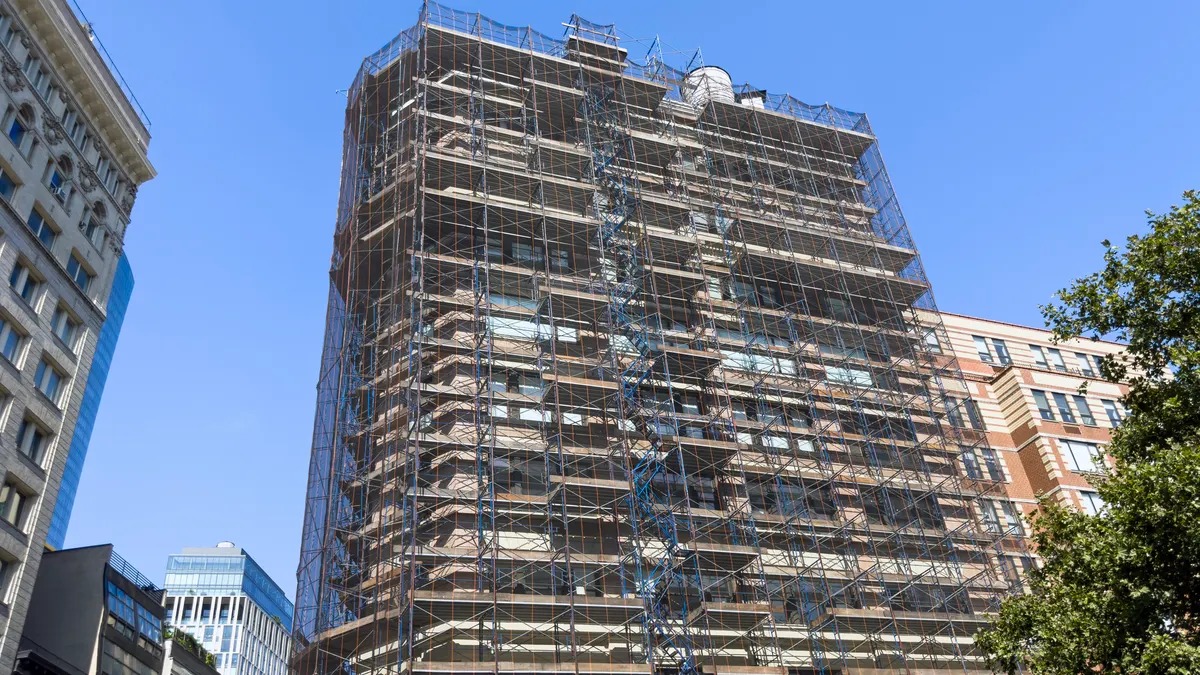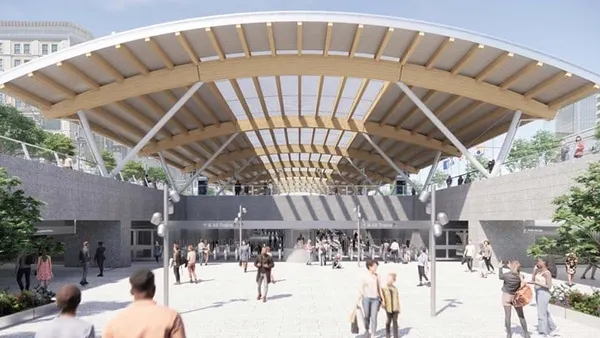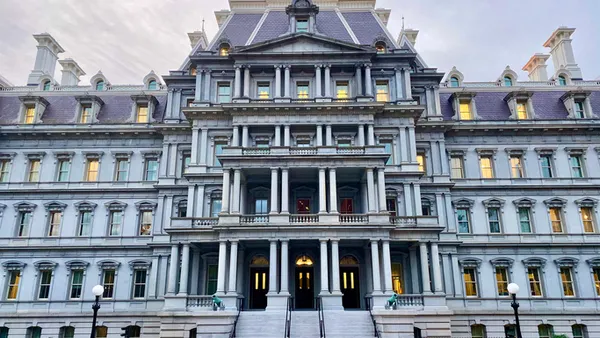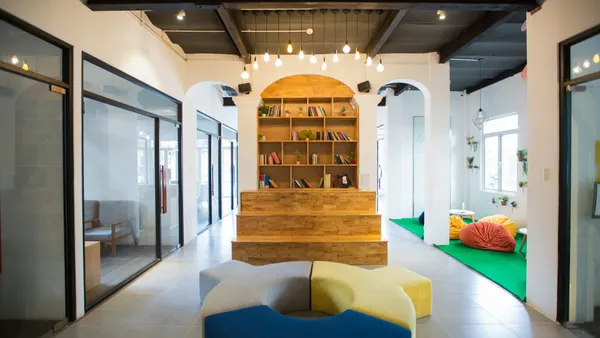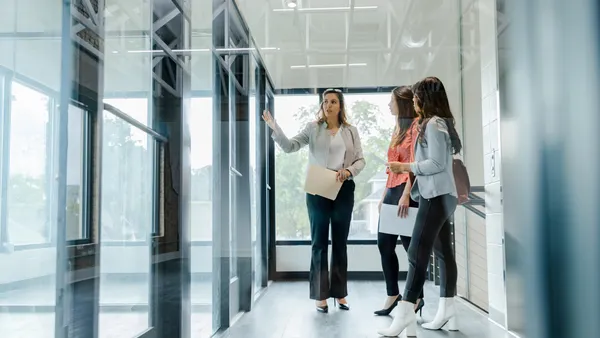Changes in zoning policy are helping to boost office-to-residential conversion activity in New York City, with annual conversions growing from 1.6 million square feet in 2023 to 3.3 million in 2024. Through August 2025, 4.1 million square feet of conversions have started, surpassing all of 2024, according to a Cushman & Wakefield report.
This shift is taking place as New York City faces historically-elevated office vacancy rates, which peaked at 23.8% in June. Vacancies decreased slightly, to 22.3%, in August, but they remain more than double the pre-pandemic five-year quarterly average of 9.4%, the C&W report says. Office valuations have also deteriorated, falling from a peak of $1,037 in 2019 to $567 this year, helping conversions, the report says.
The popularity of office conversions is increasing across the U.S. as building owners repurpose vacant space, other reports show. Conversions, alongside demolitions, will reduce U.S. office inventory more than new office space deliveries will add to it this year, which should help reduce vacancies and support market recovery, CBRE said in June.
These conditions have boosted owners’ motivation to reposition underperforming assets, CBRE says.
Policies that aim to relieve housing shortages in the city have also helped. These include a 467-m commercial conversions tax incentive, enacted in April 2024, to provide up to 35 years of property tax relief for conversions that include affordable units, and the establishment of the Office Conversion Accelerator program. The new program assists building owners and operators with conversions by analyzing project zoning feasibility for them and helping them secure permits.
City lawmakers also passed a zoning amendment that aims to add 80,000 housing units over the next 15 years by relaxing some restrictions on office-to-residential conversions, among other things, according to a release by law firm Nixon Peabody. The city also removed a floor-area ratio limit in high-density zones, allowing for larger-scale residential conversions when affordable housing is included, the C&W report says.
Conversions are starting to involve more high-quality buildings, the report says. While Class B and C buildings represented 94.5% of all conversions between 2004 and 2019, that fell to 64.5% between 2020 and August 2025. Class A conversions now make up 35.5% of activity.
Office-to-residential conversions won’t entirely solve the city’s elevated office vacancy, the C&W report says, but “they have emerged as a meaningful pressure valve by removing obsolete supply, repositioning challenged assets, and serving to address the city’s housing shortage.”


